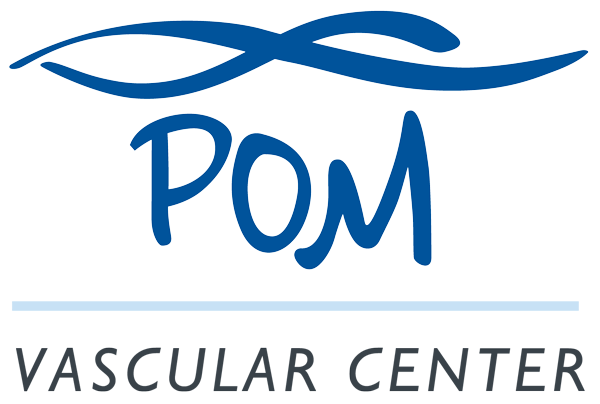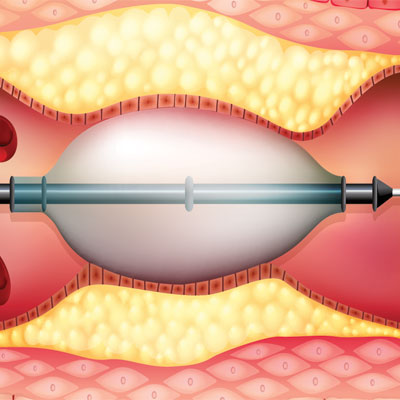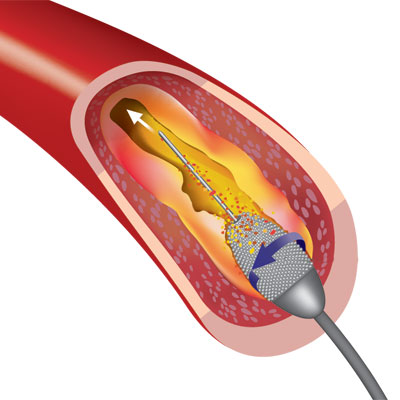Peripheral Artery Disease
Chronic leg pain isn’t normal as we age—it is a warning sign that you may have peripheral artery disease (PAD). Left untreated, it can lead to painful cramping, limited mobility, amputation, gangrene, infection and even death. Fortunately, there are highly effective treatment options if PAD is detected early.
PAD is caused by a narrowing of the blood vessels in the legs. It can also occur in the arms, stomach and head. One in five Americans over 65 has PAD.
The narrowing is the result of a buildup of cholesterol and scar tissue on the walls of the artery which forms a substance known as plaque. The plaque builds up gradually and over time it will clog the artery, restricting the flow of blood. In some cases, PAD may be caused by blood clots that break free from within larger arteries and get lodged in narrower arteries, which reduces blood flow. We offer a simple test to diagnose PAD, as well as minimally invasive therapies to treat it so you can live a longer life, free of leg pain.


